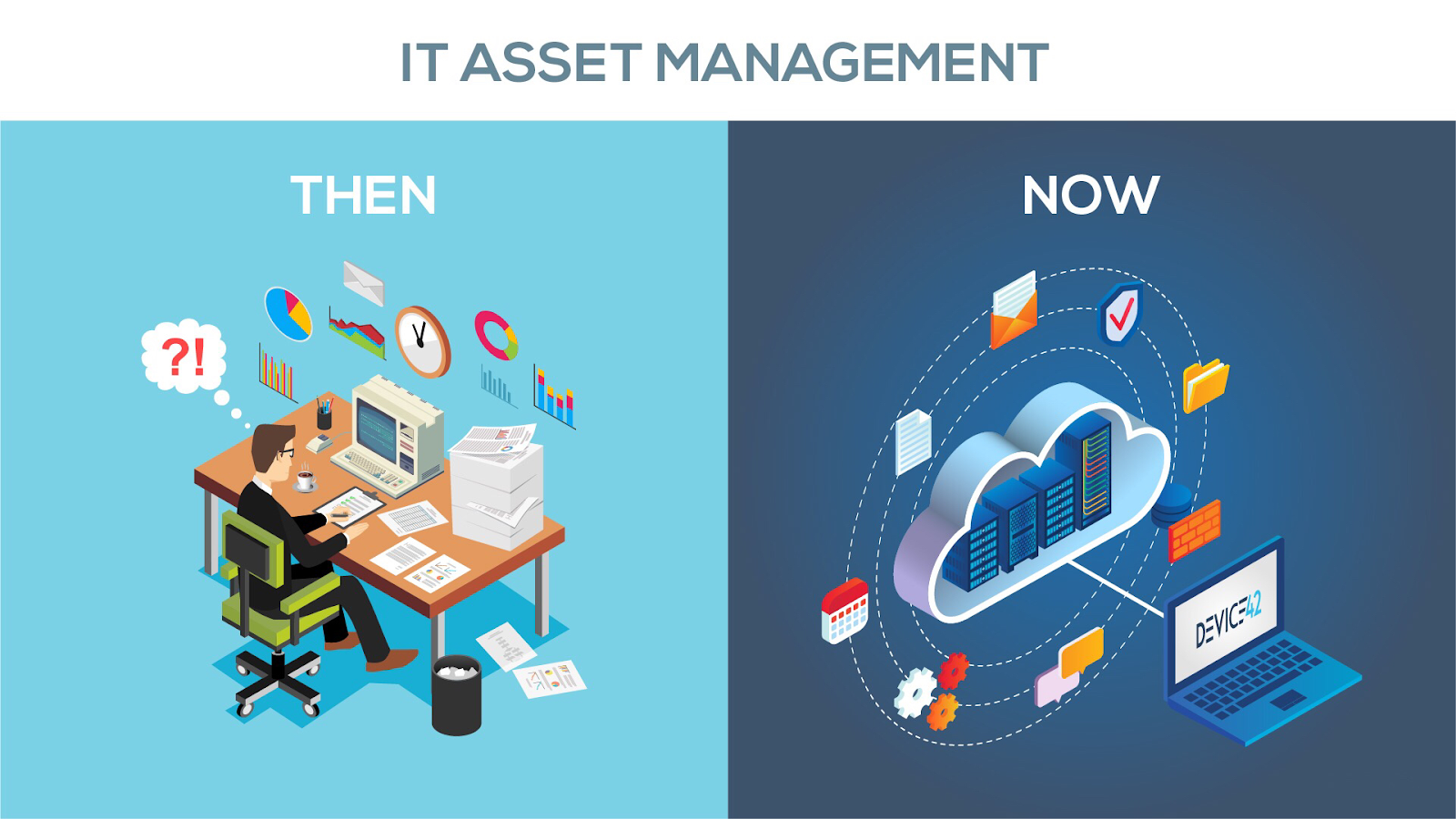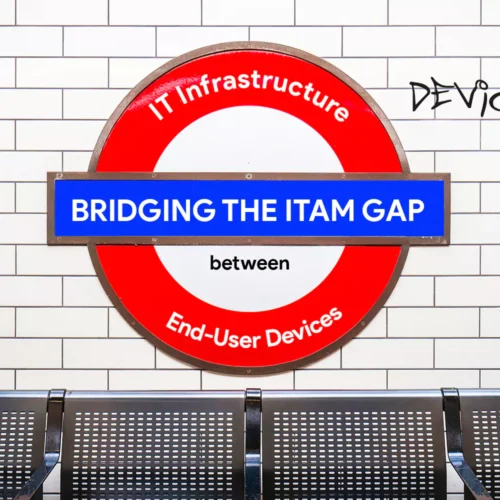What comes to mind when you think ITAM?
What comes to mind when you think of ITAM (IT Asset Management)? Do you think of a Excel spreadsheet with a large, hand-assembled list of software and hardware inventory data? Software license information? Audits!? You aren’t alone. Surprising as it is to some, these are still the first things that pop into the minds of many when they think about IT Asset Management.

It’s not that they’re crazy – All of those are normal things to associate with ITAM! Keep in mind that not only was classic ITAM was born out of the need to track the life-cycles of physical servers over the time-spans of years, to organize service contracts, and of course out of a need to answer complicated audit-related questions, but also that many of the more recent changes that are driving ITAM’s evolution occur out of plain sight – If you can’t look under the hood, VMs are invisible.
Accompanying ITAMs recent evolution has been a paradigm shift in the way ITAM data is utilized. Ready-access to accurate audit data become a secondary concern, as ITAM data continues to expand and evolve: in quantity, in detail, and usefulness. As opposed to being used and/or updated only once or twice a year around audit time, modern ITAM systems contain more detailed data, unifying what was once simply audit data with DCIM (data center infrastructure management) and IPAM (IP address management) data, while many further integrate with ITSM (IT service management) data, too.
Updated regularly and automatically, modern ITAM platforms are a single source of truth, providing a central go-to source for information about your entire system infrastructure including physical details like power connections, network connections, and rack elevation layouts, plus hardware details, and we can’t forget the logical configuration and software details (what’s installed and running), the network details, and all of the key interdependencies between them. Combining these once-siloed data sources has had the side of effect of significantly increasing the day-to-day usefulness of all of this information, thus forcing the ITAM platform itself to evolve further.
The Unified Data Platform Changes Everything
The unified data platform offers benefits to IT staff at all levels as well as staff outside of IT, in both the short and long term. As more staff gains access to modern unified data platforms, they are able to eliminate the guesswork around the typical research tasks that consume a majority of help desk staff’s day. By eliminating the question of where to look – by centralizing documentation and ITAM audit data in the same place as ITSM tickets – support staff no longer needs to jump system to system to get their work done, boosting efficiency across the board.
- Day to Day operations: automatic documentation, audit trail, patching, maintenance, automation
- Medium-term tasks: upgrades, consolidations, system scaling, incremental improvements
- Larger/long-term projects: project planning, execution of migrations, consolidations, platform migrations
Level 2 and 3 support staff stand to gain much from ITAM’s evolution into the unified data platform. They are able to leverage this up-to-date data quickly, using API queries to produce lists of machines in need of patching, since all installed software and versions are known. Scripting and automation has never been easier, or more powerful, and with webhooks from the unified data platform, automation can be remotely driven. Planning for project work is both easier and faster, as interdependency data eliminates guesswork and ensures you take down only the machines that are affected need to come down – if at all.
Level 3 staff can leverage the in-depth configuration information, and combined this data with information about which machines communicate with which, and by referencing avaialble resource utilization data, locate bottlenecks and other performance issues for quicker troubleshooting. In this way, the unified data platform helps IT, and ultimately businesses leverage data to locate and eliminate performance, issues in some cases, before they actually cause a noticeable issue.
Keep an eye out for part two: Planning a Migration with the Unified Data Platform. In part 2, we’ll talk about how Device42’s latest features – Affinity Groups, Resource Utilization, and the Cloud Recommendation Engine have joined and work together with the Unified Data Platform to make your migration planning easier than its ever been before!
Device42 is Unified Data Platform
One of Device42’s main founding principles was the idea of unifying all of the documentation a technology-driven organization needs to operate in one place, and Device42 continues to evolve to improve itself every day. Device42 is a powerful, industry-leading example of a unified data platform, taking the above even further – Integrating with 3rd party software solutions you already use right out-of-the-box, allowing you both to bring existing data in to Device42, and to use all of the infrastructure details Device42 will discover in your other software suites: ITSM, CM, SIEM, and more.
Device42 agentlessly finds and tracks everything you own with industry-leading agentless autodiscovery, self-populating its included CMDB with every detail about all IP and non-IP based devices and assets, hardware, software and services, and the interdependencies between them all. Of course, Device42 doesn’t abandon you after initial discovery is complete! Device42 supports your planning and execution efforts with scheduled auto-discoveries that automatically document the changes you make — as you make them!
Ready to get started with powerful visualizations and flexible custom reports? Today is a great day to start taking advantage of the benefits touched on above, and who doesn’t want to automate their IT documentation!?
Download Device42 today — Free for 30 days!



